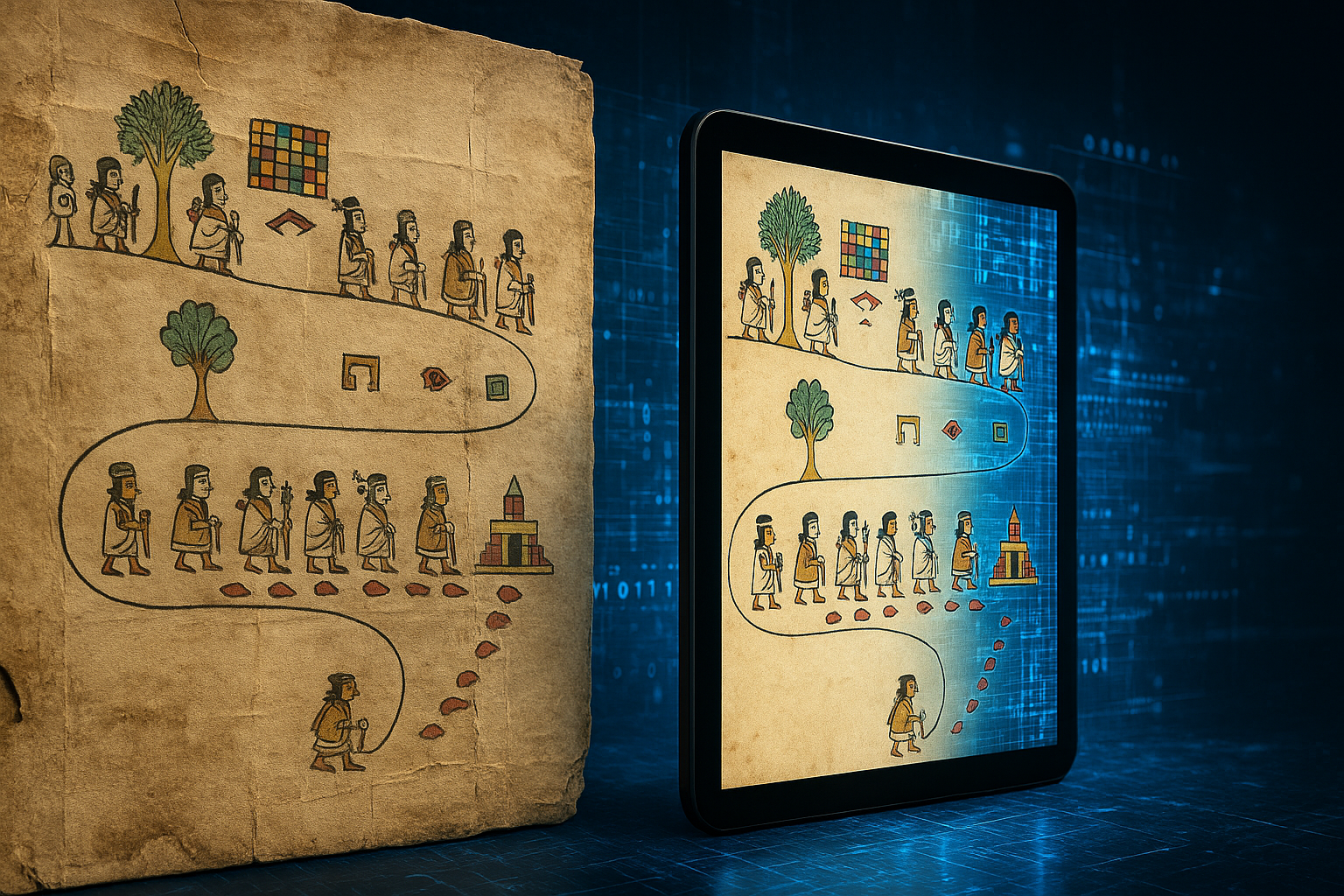How to Know if Your Company Is Ready to Use Digital Twins
Implementing digital twins in a company can make the difference between staying competitive or falling behind in an increasingly technology-driven market.
This powerful tool, based on creating virtual replicas of physical objects or processes, is being used across industries to optimize operations, enhance efficiency, and reduce costs. However, before adopting this technology, it’s essential to assess whether your company is truly prepared to implement it effectively. Here are the key aspects to consider when determining if your company is ready to use digital twins:
1. Digital Maturity of Your Company
The digital maturity of your company is one of the most critical factors to evaluate before implementing digital twins. For this technology to function effectively, your company must have a robust data infrastructure and a clear strategy for managing information. Additionally, it’s vital to have physical modeling, advanced simulation, and analytical capabilities that can be seamlessly integrated into your workflow.
If your company is already using technologies like PLM (Product Lifecycle Management) or PDM (Product Data Management), you likely have the necessary infrastructure to adopt digital twins effectively. Digital maturity also means that your team has the skills needed to work with advanced digital simulation tools, such as BIM (Building Information Modeling) and other simulation platforms.
2. Identifying Application Areas
The next critical step is identifying the areas of your business that would benefit the most from digital twins. In what aspects of your operation can they be applied to achieve substantial improvements? Digital twins are particularly useful for monitoring physical assets, optimizing production processes, and analyzing operational performance.
For instance, digital twins can be applied in asset management to gain a more accurate real-time view of their condition, helping to prevent failures and improve decision-making. Other areas include supply chain optimization, production scenario simulation, and enhanced facility management. Identifying these application points will allow you to define how digital twins can add value to your company and make the investment more profitable.
You might be interested: Applications of Digital Twins for Real-Time Operations
3. Technological Capabilities of the Company
Implementing digital twins requires an advanced technological ecosystem, including sensors, data analytics platforms, and simulation capabilities. It is essential to have systems capable of collecting, processing, and analyzing data in real time.
In addition to having the right teams, companies must invest in specialized tools to create and manage these digital models. This requires a combination of technologies, such as the use of IoT (Internet of Things) platforms, Big Data and cloud computing, to feed digital models with accurate and up-to-date data. If your company is already effectively using any of these tools, you are likely well-positioned to adopt digital twins without significant difficulties.
4. Continuous Data Collection and Updates
Digital twins rely on the continuous collection of real-time data to accurately reflect the state of assets or processes in the physical world. This data collection must be constant and precise, requiring the implementation of remote monitoring systems, advanced sensors, and platforms capable of integrating data from various sources.
If your company already has systems in place for data collection through sensors, IoT platforms, or asset management software, you likely have the appropriate infrastructure to begin implementing digital twins. Having a robust process to ensure data quality and consistency is essential for the success of digital twins.
5. Staff Training
Staff training is a fundamental aspect to ensure the successful implementation of digital twins. The personnel responsible for managing and operating digital models must be prepared to interpret the data and make informed decisions based on it.
In addition to the technicians and engineers operating the systems, employees in areas such as Facility Management, project management, and production should understand how to interact with the models and make decisions based on the insights they generate. Continuous training in emerging technologies such as BIM, digital simulation, and advanced analytics is key to maximizing the return on investment.
6. Ability to Perform Simulations and Modeling
Once data is collected, it is necessary to create a digital model of the asset or process using advanced tools such as 3D modeling. This model must accurately replicate the physical object’s conditions, enabling the simulation of various scenarios and analysis of behavior under different conditions.
If your company already uses digital modeling tools or has experience in creating virtual prototypes, such as those used in BIM or industrial process simulations, it is likely you already have the necessary capabilities to begin implementing digital twins. The ability to perform effective simulations is essential to maximize the benefits of this technology.
7. Continuous Monitoring and Optimization
One of the main advantages of digital twins is the ability to monitor systems in real time, identify areas for improvement, and make adjustments before failures or serious problems occur. This proactive approach enhances operational efficiency and reduces downtime.
If your company already has real-time monitoring processes, whether through asset management systems, quality control, or predictive maintenance, you are likely well-positioned to leverage the capabilities of digital twins. Continuous optimization systems are essential to ensure digital twins deliver maximum value over time.
Conclusion
Evaluating whether your company is ready to implement digital twins involves considering a combination of technological, human, and operational factors. Data infrastructure, the ability to continuously collect information, staff training, and the skill to perform precise simulations are key aspects in determining whether your organization can successfully adopt this technology. If you’re ready to take the next step toward digital innovation, digital twins can transform your operations by improving efficiency, reducing risks, and optimizing asset management. At Foundtech, we’re here to help you implement digital twin and BIM solutions to keep your company at the forefront of technology. Contact us today.
JOIN THE NEW REALITY!



